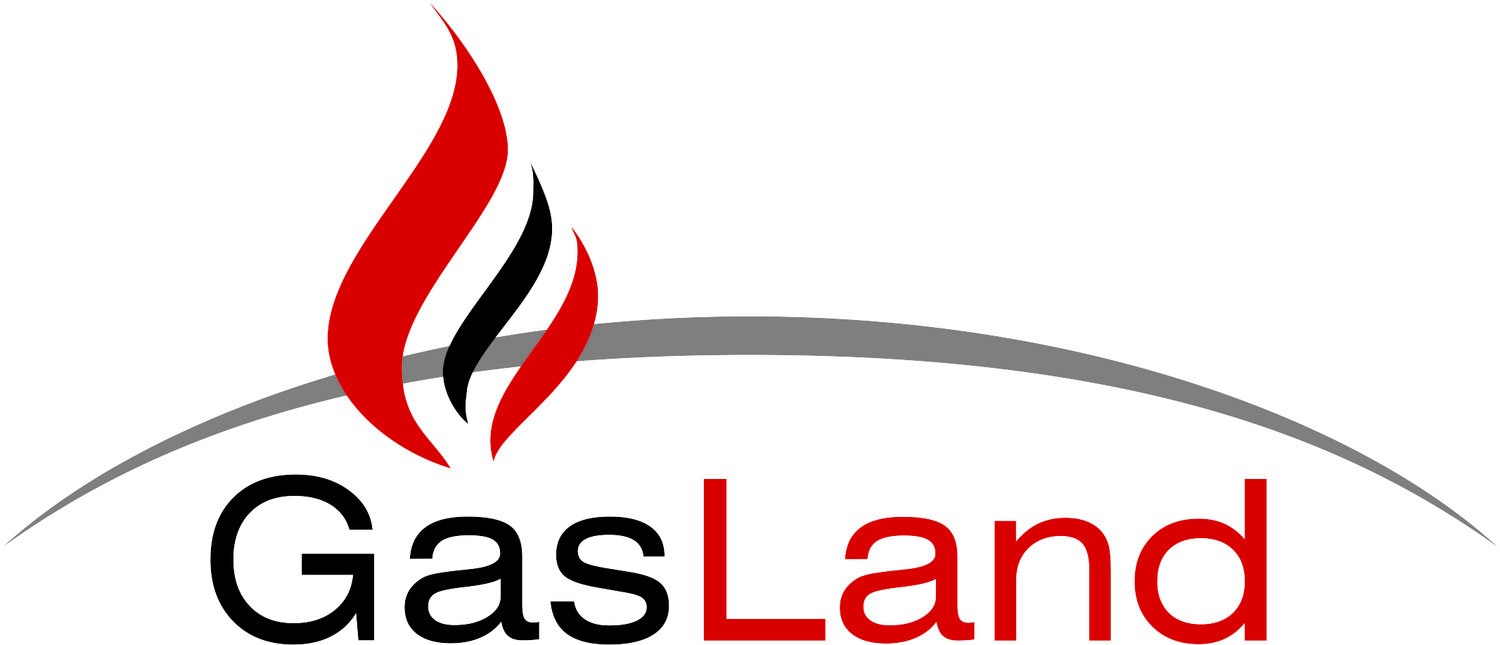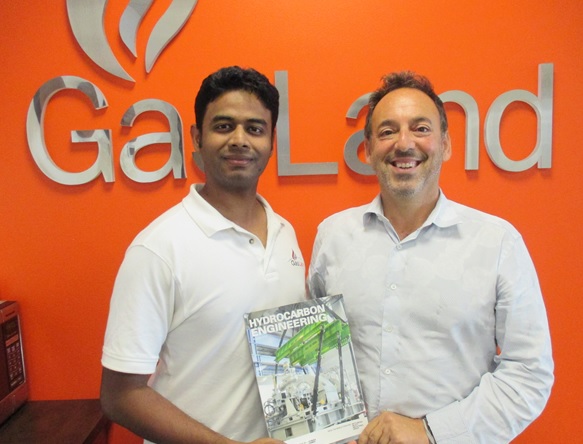Cheniere recently announced that the fourth liquefaction train at the Sabine Pass LNG terminal had reached completion. With four trains online Sabine Pass has the capability to produce up to 18 million tons of LNG per annum. The facility has shipped more than 160 cargoes since it started producing LNG in February 2016. When all six trains are complete Sabine Pass LNG would have a staggering capacity to produce up to 24 million tons per annum of the chilled fuel. Gas Land's Nitrogen Generators are used on all operating trains to meet the plant's Nitrogen demand.
Gas Land, Inc. Featured in Hydrocarbon Engineering Magazine
Gas Land, Inc. is excited to announce that Hydrocarbon Engineering magazine has published an article written by our Engineer, M. Sirajuddin. The article titled “Getting to Know Nitrogen” explains various methods of Nitrogen Generation and its different applications in LNG plants.
PSA Nitrogen Generator
Pressure Swing Adsorption (PSA) systems are one of the most common systems to produce high purity nitrogen (99.9995%). This system relies on the concept of selective adsorption, which is a gas’ tendency to stick to a solid surface under high pressure. The adsorber is the solid surface that adsorbs the gas. In the case of PSA nitrogen generators, carbon molecular sieves are used to adsorb oxygen from dry air, leaving high purity nitrogen.
PSA systems operate at ambient conditions and therefore do not require the air to be heated up. Air enters one of the pressure vessels at high pressure, where gas separation takes place. Oxygen is adsorbed onto the surface of the vessel while high purity nitrogen exits for use. When the adsorbent becomes saturated and not able to adsorb any more oxygen, the process “swings” to the other vessel and is blocked off from the inlet air entrance. The saturated vessel is depressurized to vent the oxygen out to the atmosphere while inlet air now enters the other vessel for separation. This system swings back and forth to continuously produce Nitrogen, with one vessel depressurizing and the other adsorbing.
What is a Membrane?
A membrane is a permeable barrier that selectively permits entities to pass through it. Gas Land utilizes membrane technology to separate air (composed of 20.8% Oxygen , 78% Nitrogen, and 1.2% other gases) to produce a Nitrogen rich gas product. Gas Land's membrane separator modules consist of a cylindrical housing with densely packed hollow fibers. Pressurized, dried, and filtered air enters the membrane module and fast gases such as Oxygen permeate through the fibers leaving behind Nitrogen rich gas. The separation process depends on several factors such as the size of the molecules, speed of the molecules, and chemical interactions with the fibers. Typical Gas Land Nitrogen Generation Systems are designed to deliver between 96% and 98.5% Nitrogen purity depending on the customer’s needs. The primary advantage of membrane gas separation is that the process does not require any moving parts. This reduces maintenance and repair costs and ensures the system continues to perform for years to come.
FLNG: Floating Liquefied Natural Gas
Liquefaction of natural gas begins with natural gas being pumped into the LNG plant via pipelines. If the source for the feed gas is an offshore field the length of these pipelines would vary depending on how far the offshore drilling rig is set up. As one can imagine, some natural gas reserves are very far off-shore, making pipelines as a mode of transport unviable. Another option is through carrier ships, but due to the large volume of natural gas, transporting it to the LNG plant is not feasible.
These problems can be solved with a Floating Liquefied Natural Gas plant, a mobile LNG plant designed to extract, process, and liquefy natural gas right above the natural gas field. Once the natural gas is liquefied, it is stored in a hull and carrier ships can pick it up and deliver it to customers around the world. With a FLNG plant, onshore pipelines are not needed to transport the gas to a plant for liquefaction, saving time and money.
A floating plant of this scale comes with challenges that onshore LNG plants do not have. Since it is not on land, the size needs to be reduced as much as possible but also have enough space to fit all the elements that are necessary to process, liquefy, and store natural gas.
Designing a Nitrogen Generator
There are many factors that one must consider while designing a Nitrogen Generation System.
1) Nitrogen Flow Required
2) Purity of Nitrogen
3) Inlet Air Pressure
4) Inlet Air Availability
5) Utilities Available
6) Nitrogen Discharge Temperature
7) Turndown Capability
These parameters form the basis of the design for the System. Higher inlet air pressure results in better separation of Nitrogen from Air. Additionally, one must also ensure that the compressors are sized sufficiently; so, they can provide the necessary feed air required for the Nitrogen Generator. Electrical utilities play a role in sizing of the Heater and related controls. Some applications may have a constraint on the discharge temperature of Nitrogen, which is a key parameter in establishing the process temperature for the separation to take place. It is also important to understand the turndown capability of the System as during startup downstream requirement may be much lesser than the intended design






